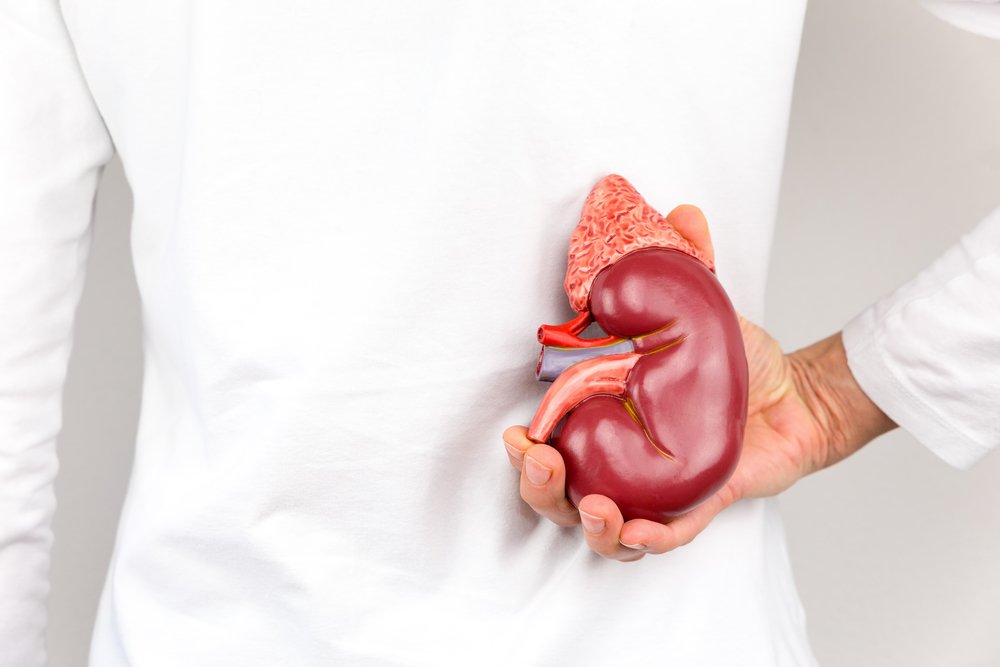Intravenous Cytoxan Treatment Linked to Lower Kidney Damage Accumulation in Lupus

Monthly intravenous Cytoxan (cyclophosphamide) treatment was linked to a lower accumulation of lupus nephritis kidney damage than other induction therapies investigated in a study of Japanese patients.
Findings indicated that a complete response to treatment at three months predicted a lower damage accumulation, prompting researchers to suggest that a sustained complete response in early stages of the induction therapy might contribute to lower organ damage.
The study, “Comparison of renal response to four different induction therapies in Japanese patients with lupus nephritis class III or IV: A single-centre retrospective study,” was published in the journal PLOS ONE.
To assess outcomes of different lupus nephritis induction treatments in Japanese patients, researchers at St. Marianna University School of Medicine in Japan examined the medical records of patients with lupus nephritis class III or IV (active and chronic lupus nephritis stages).
The 64 patients analyzed were treated with one of four approaches: monthly intravenous Cytoxan, low-dose intravenous Cytoxan, tacrolimus, or CellCept (mycophenolate mofetil). The team examined rates of complete response to treatment, relapse rates, and organ damage accumulation over a period of three years.
Normal dose and low dose intravenous Cytoxan were the most common treatments, with 22 and 18 patients each receiving the therapies, respectively. Thirteen patients were treated with tacrolimus and 11 with CellCept.
The four treatments were not linked to differences in complete response rates or rates of relapse-free survival over three years.
Cumulative complete response ranged from 77.8% among low-dose Cytoxan users, to 95.5% in the normal dose Cytoxan group. CellCept and tacrolimus had rates of 81.8% and 84.6%, respectively.
Analyses showed that patients treated with tacrolimus tended to have an early response to treatment, but also earlier relapses. Those on CellCept tended to have a later response.
Patients treated with tacrolimus also had a larger accumulation of kidney damage at three years than those treated with monthly Cytoxan, who had the lowest damage accumulation of all groups.
An analysis that took into account numerous factors showed that a complete response at three months predicted a lower kidney damage accumulation at three years.
The team also looked at how side effects of the four treatment approaches differed. Major infections were seen in 36.3% of the patients receiving Cytoxan; 50% of those receiving low-dose Cytoxan; 54.5% in the Cellcept group; and 23.1% of tacrolimus-treated patients.
Two patients on Cytoxan developed bacterial pneumonia that required hospitalization. Cytomegalovirus reactivation was also common in this group, while it never occurred in tacrolimus-treated patients.
Based on these findings, researchers concluded that a sustained complete response in early stages of the induction therapy might contribute to lower organ damage.





